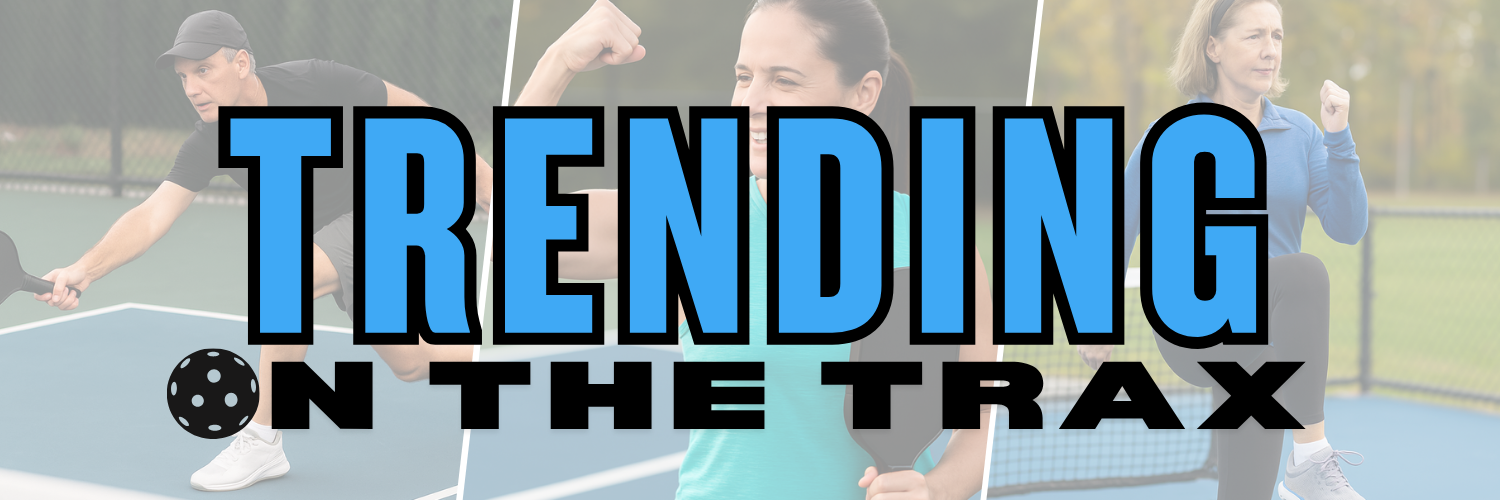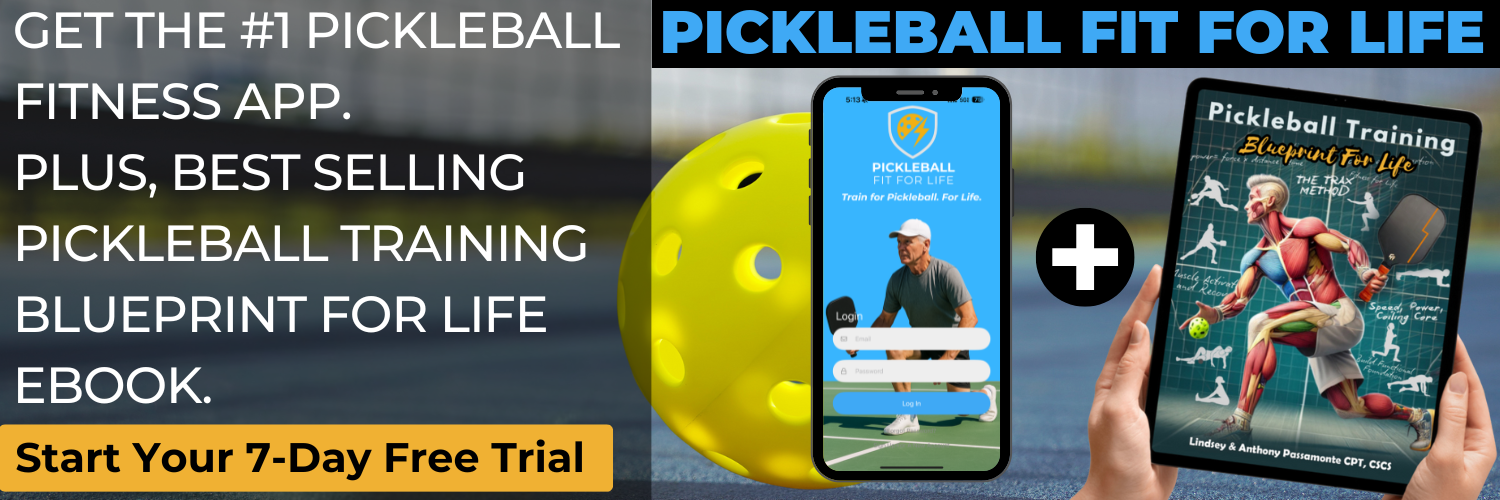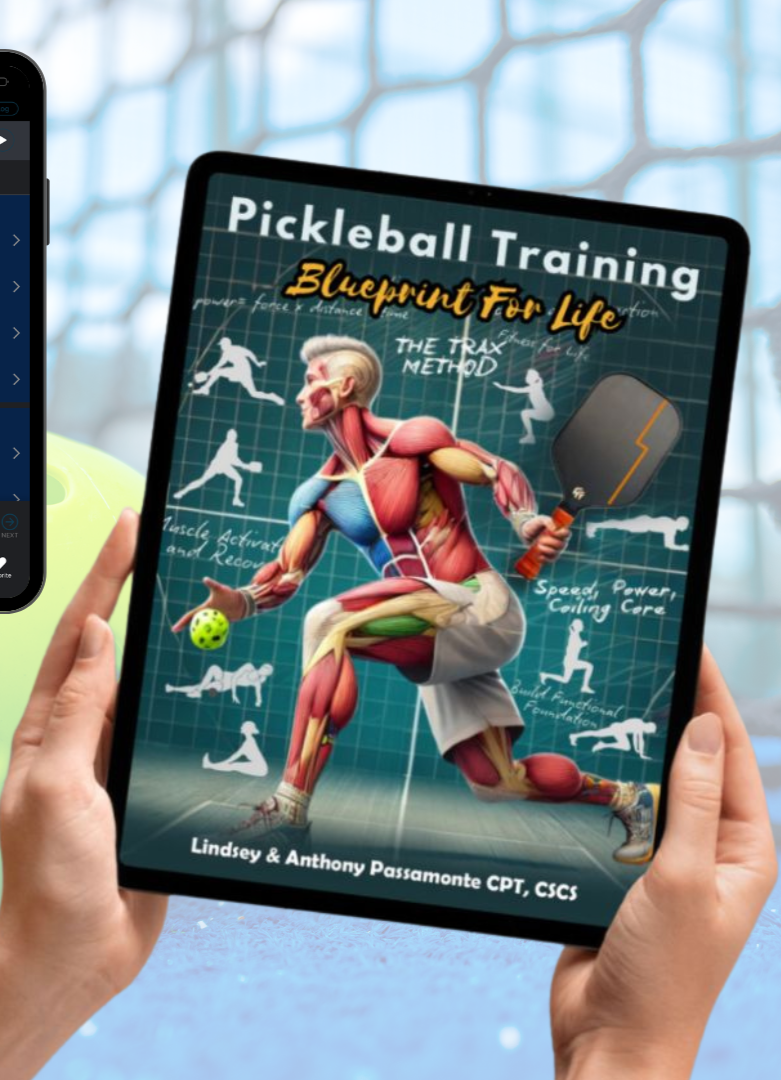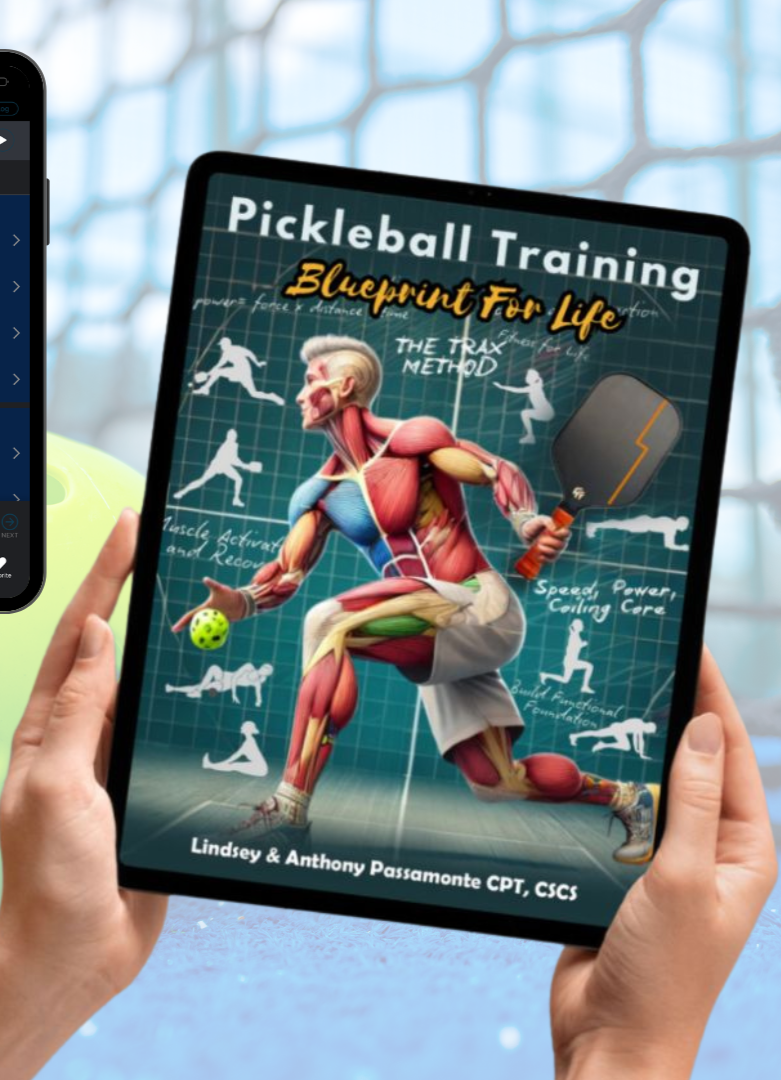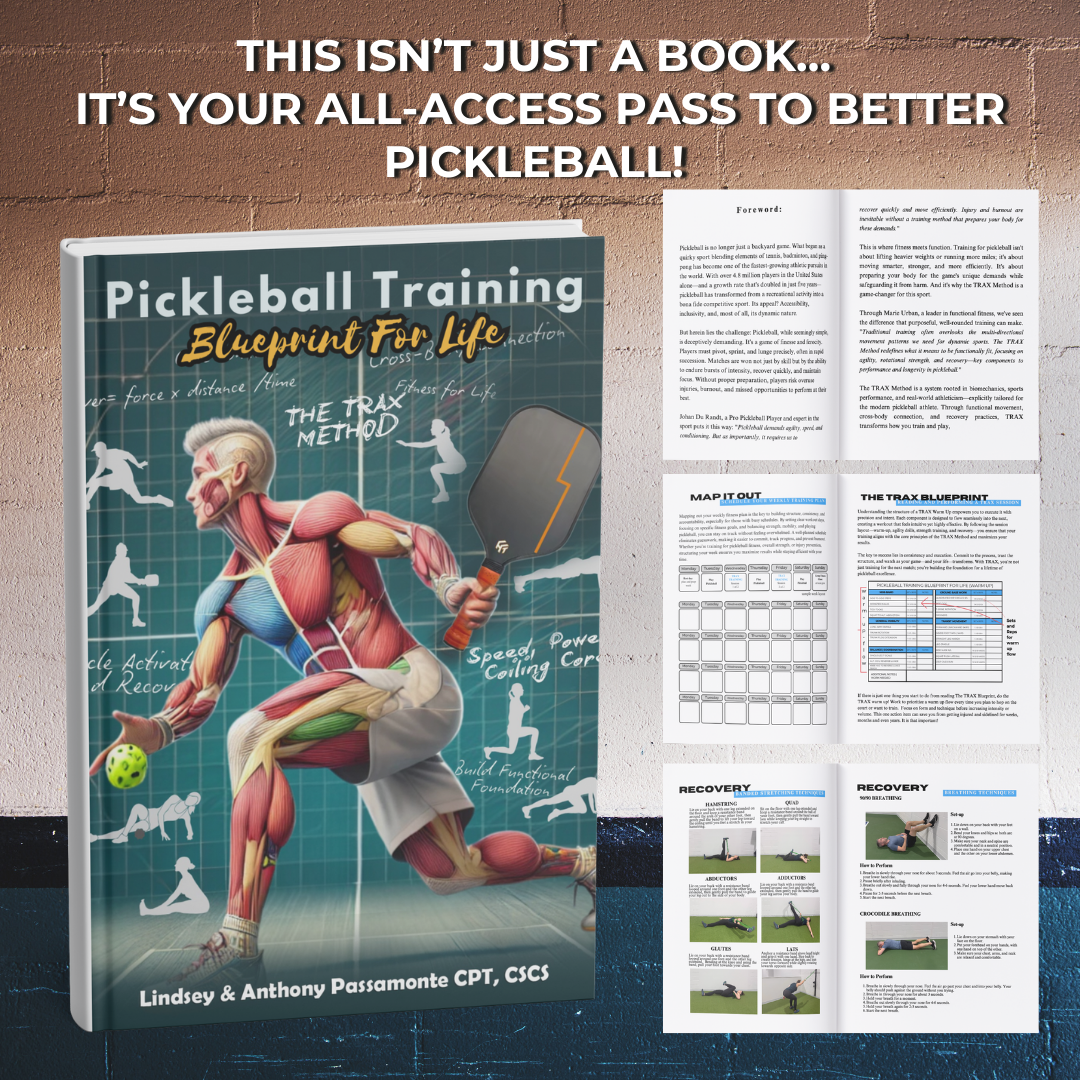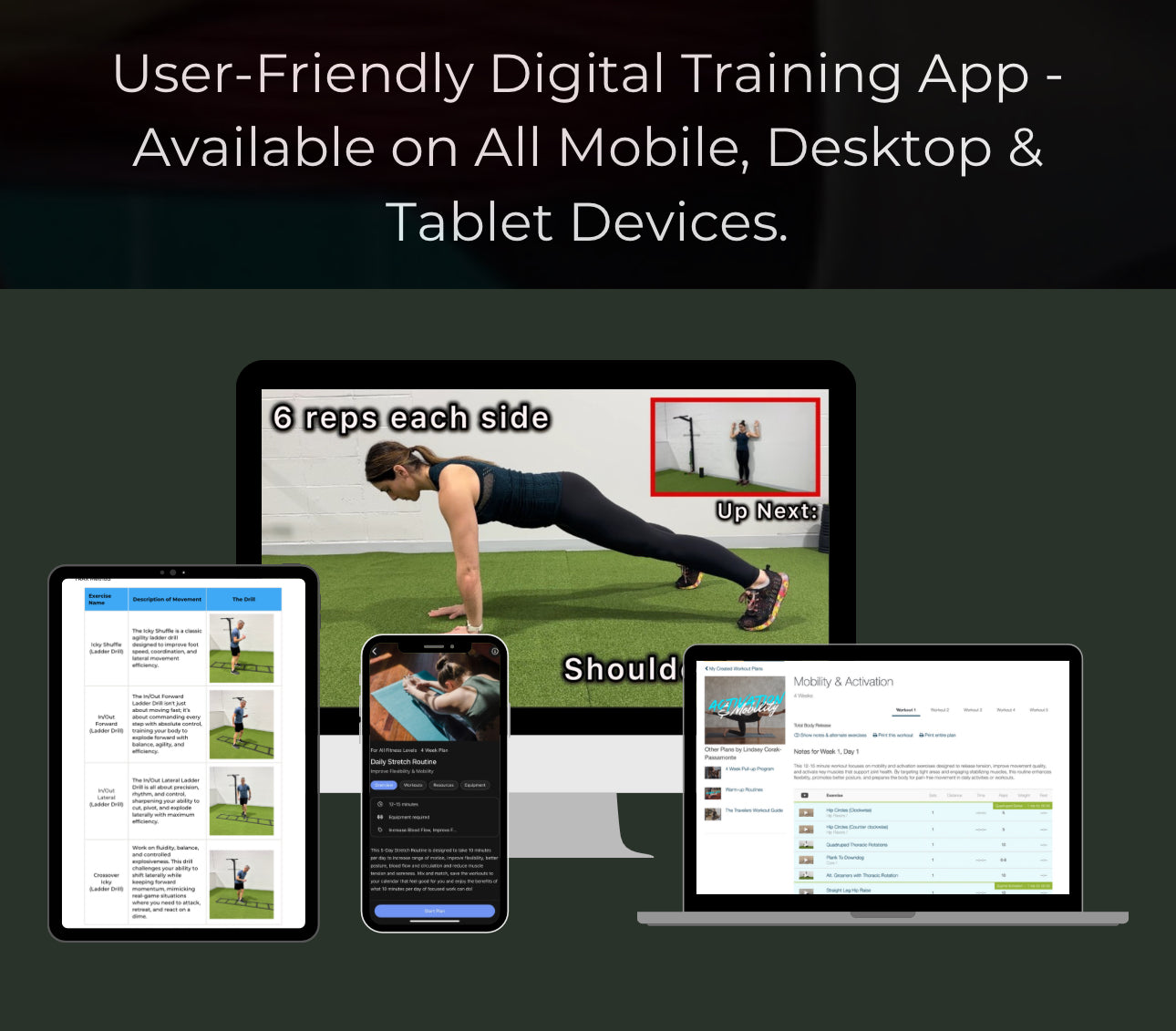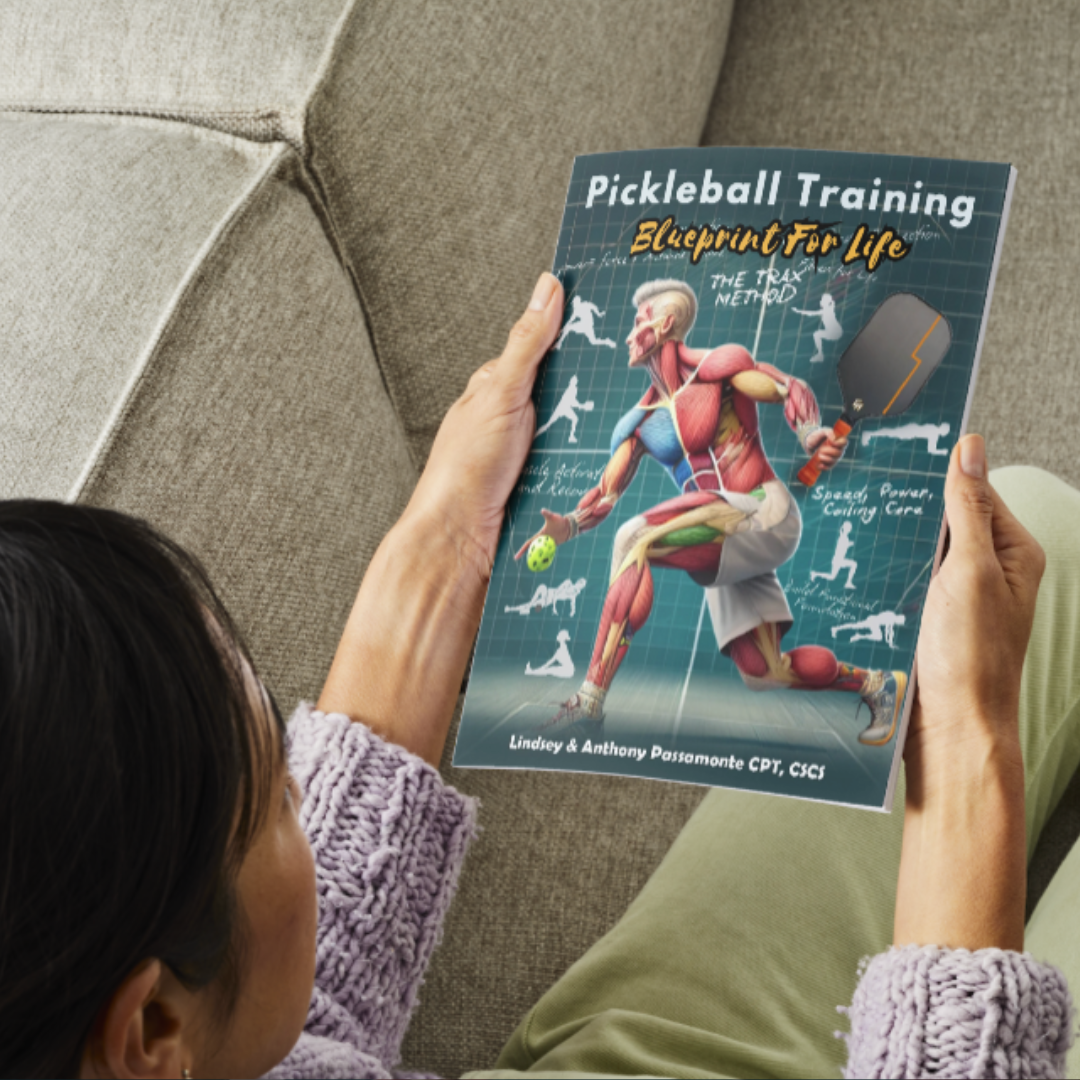Pickleball is one of the fastest-growing sports in the world — and for good reason. It’s fun, social, easy to pick up, and accessible for all ages.
But here’s what is not being addressed (until now):
👉 As your skills improve… the physical demands increase.
👉 As you play more games, more frequently… the risk of injury goes up.
👉 And if your body isn’t conditioned to keep up with that progression?
Injury becomes inevitable.
The Problem: Your Game Progresses, But Your Body Might Not
Most players start out casually — a few games here and there, no formal warm-up, just enjoying the game. But then something happens:
-
Your shots get better.
-
Your footwork gets faster.
-
You play more. Compete more.
-
Your game speeds up. Your reach gets wider. Your movement becomes more explosive.
But your body? It’s still operating at the same level it was when you first started.
That mismatch — between the demands of the game and your physical capacity — is exactly where injuries occur.
Two Types of Pickleball Injuries That Are 100% Avoidable
1. Immediate Injuries
These are the “out of nowhere” injuries — a calf strain, a pulled hamstring, or a ruptured Achilles. They often happen when you step on the court cold, without warming up or activating your muscles. Your body isn’t prepared for that sudden burst of movement.
2. Overuse Injuries
These are the slow-build injuries — shoulder pain from too many overheads, knee soreness from quick lateral steps, or lower back pain from poor core control.
They happen because your muscles aren’t strong enough to support the repetitive stress, and your joints take the hit instead.
Both are completely preventable. But only if you start training to support the game you’re actually playing.
The Solution: The TRAX Method
At StackTrax, we developed the TRAX Method to address this exact problem. It’s a system designed to help bridge the gap between the demands of pickleball (and life) and our bodies ability to handle them.
The method is built on 4 core principles that are essential to injury prevention and better movement:
🔁 Cross-Body Connection
Training your body to move as one unit rather than individual parts — this is an efficient (less demanding) way to train balance, coordination, and applicable strength that translates to better movement and fewer compensations.
🔒 Core Connection
Every step, reach, and swing relies on the ability of your core to stabilize, coordinate, and transfer energy through the chain of movement. Core Connection addresses the entire trunk to work together to stabilize your body, control rotation, and transfer power between your upper and lower body.
⚡️ Neurological Agility
This is your brain-body connection: reaction time, directional quickness, and stability under pressure. As the pace of your game picks up, you need your nervous system to fire before you even think. This type of training strengthens that connection, which is not only important for pickleball, but it's important for every day life tasks as we age.
🔄 Recovery & Mobility
Every time you play, your muscles, joints, and nervous system experience stress. That’s normal—and necessary for growth. But without proper recovery, your body doesn’t get the chance to repair, rebuild, and reset. Our method builds in simple techniques to reduce inflammation, restore movement, and prepare you for the next session.
Catch the Injury Before It Happens
You don’t need to overhaul your life.
You don’t need hours in the gym.
You just need to be aware of where your game is going — and start giving your body the support it needs to keep up.
Injuries don’t “just happen.”
They build up over time — and with the right plan, they’re completely avoidable.
Start Today: 3 Simple Tips to Protect Your Body and Improve Your Game
1. Build Awareness
You’re not the same player you were when you started. Your game is evolving, and so are the demands on your body. The first step is recognizing that your training needs to evolve too.
2. Don’t Skip the Warm-Up
Take 5 minutes before each session to activate your muscles, prime your nervous system, and prepare your body for movement. This can prevent sudden injuries and improve your reaction time.
3. Prioritize Recovery
After you play, take time to breathe, stretch, and foam roll. It signals your nervous system to downshift, reduces inflammation, and helps your body bounce back stronger.
Final Thoughts
Pickleball is a sport you should be able to play for life — but only if you train for it.
You don’t need more time. You need a smarter plan.
That’s what the TRAX Method delivers: practical, effective training to help you stay strong, injury-free, and ready for every game.
Ready to build a body that can keep up with your game?
Grab the Pickleball Training Blueprint for Life — and start training for the sport you love.

